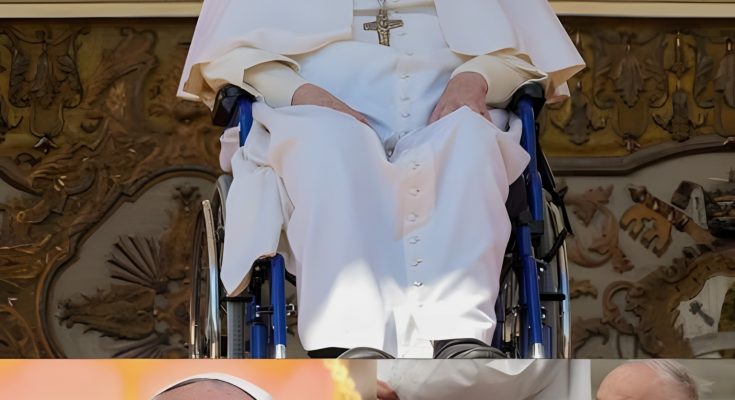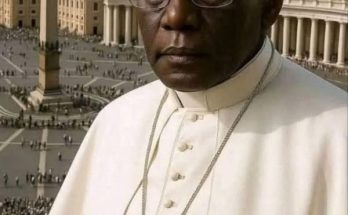Despite expert claims labeling it a ‘forgery,’ a doomsday prophecy identifying Pope Francis as the last leader of the Catholic Church has resurfaced online. Pope Francis died at the age of 88 at Domus Sanctae Marthae in Vatican City, as reported by Camerlengo Cardinal Kevin Farrell on Easter Monday morning (April 21).
He was the first Latin American pope, born in Buenos Aires, Argentina, and led the Catholic Church and served as the sovereign of Vatican City State from March 13, 2013, until his death in 2025.
On Sunday, May 4, the Vatican marked its final day of mourning for Pope Francis, with the papal conclave set to commence on Wednesday to elect the next pope. However, according to a supposed prophecy discovered and published by Benedictine Arnold de Wyon, Francis is foretold to be the last pope, with no 113th to follow.
This phenomenon is known as The Prophecy of the Popes, a Latin tradition that begins with Celestine II, elected pope in 1143, and comprises 112 brief, cryptic statements believed to predict the papacy.
The 12th-century Irish Saint Malachy, a former Archbishop of Armagh, is credited with authoring The Prophecy of the Popes, which was published in 1595. The extensive list, commencing in the 1100s and concluding after 112 popes, is thought to accurately represent the appointed leaders of the church up until approximately 1590.
Some conspiracy theorists have interpreted the list in the context of Pope Francis’ death, speculating that no pope will be selected at the upcoming conclave.
Some believe that a pope will be selected, marking the first occurrence in a millennium, a scenario not foreseen by St. Malachy. Fr. James Weiss, an Episcopal priest and a professor of church history at Boston College, expressed to USA Today his belief that the prophecy regarding the apocalypse is a “forgery.”
He noted that most instances depicting supposed popes after 1590 are characterized by a mix of accuracy and inaccuracy, with certain examples being more exaggerated than others.
A concise excerpt from The Prophecy of the Popes mentions the 112th pope as ‘Peter the Roman,’ which some interpret as a foretelling of the world’s end or the ‘second coming’ of Jesus. The passage discusses a ‘dreadful judge’ and the devastation of the ‘city of seven hills,’ commonly understood to signify Rome.
It states, ‘In the final persecution of the Holy Roman Church, Peter the Roman will reign, nurturing his followers through numerous tribulations, after which the city with seven hills will face destruction, and the dreadful Judge will pass judgment on the people.’
Weiss further suggested that the commonly accepted apocalyptic interpretation of this passage may be entirely erroneous, proposing instead that it could refer to a non-apocalyptic event, potentially relating to the judgment of a national leader.
Pope Francis, who derives his name from Francis of Assisi, is the 266th pope in the history of the Vatican and the 101st recognized by the Church since the time of Malachy.
However, Weiss contends that due to the existence of multiple leaders claiming the papacy simultaneously in the past, some individuals consider Francis to be the 112th and final pope.
According to USA Today, proponents of Malachy’s prophecy include certain antipopes in their count—individuals not officially acknowledged by the Vatican. Regardless of personal beliefs about the future of the papacy, eligible cardinals are set to convene in a formal conclave this week at the Sistine Chapel in Rome.
They will deliberate until a new pope is elected, with Pietro Parolin, Peter Erdo, Jean-Marc Aveline, and Pierbattista Pizzaballa identified as prominent candidates in this unpredictable process.
A small chimney atop the Sistine Chapel will release smoke to signify the Catholic Church’s



